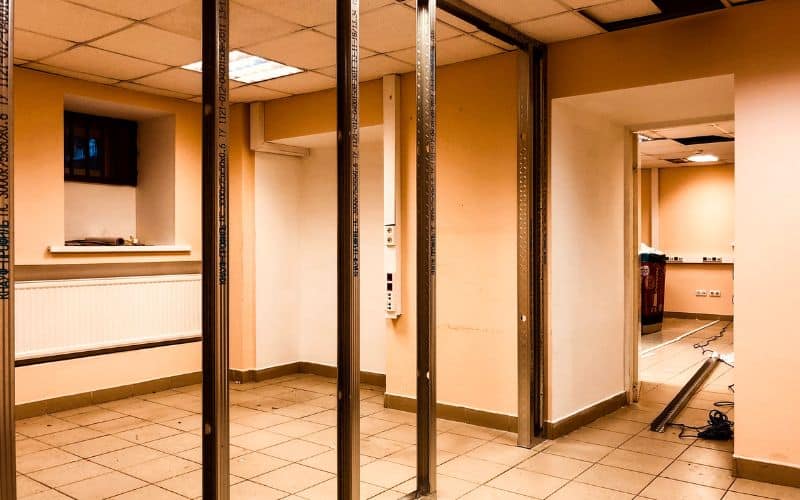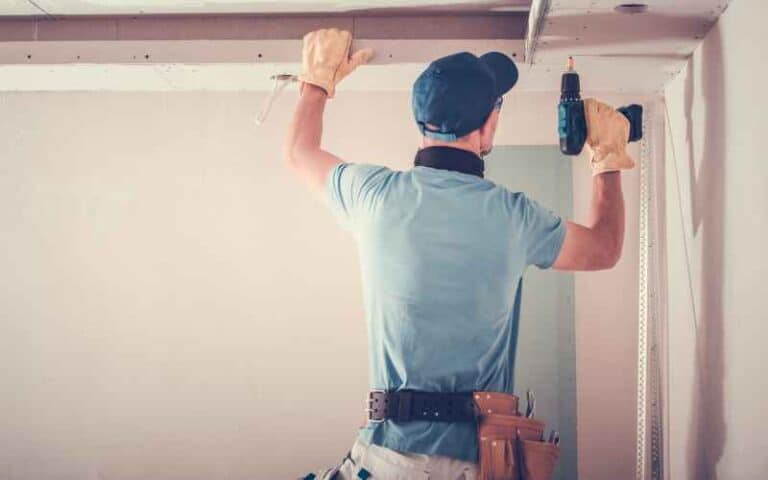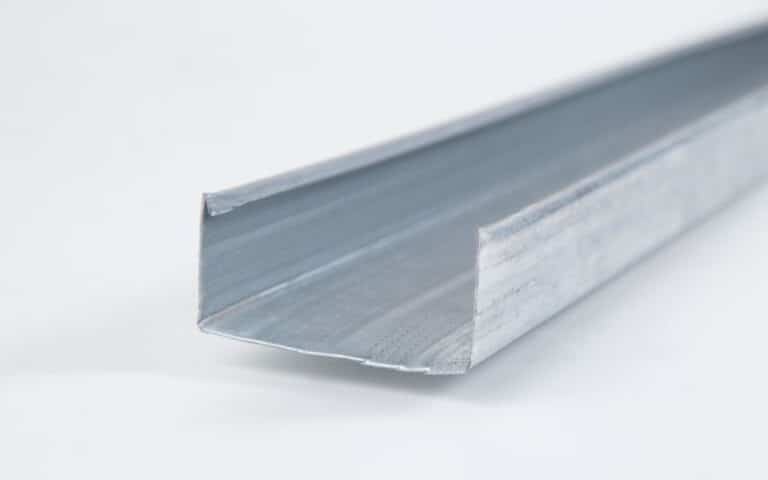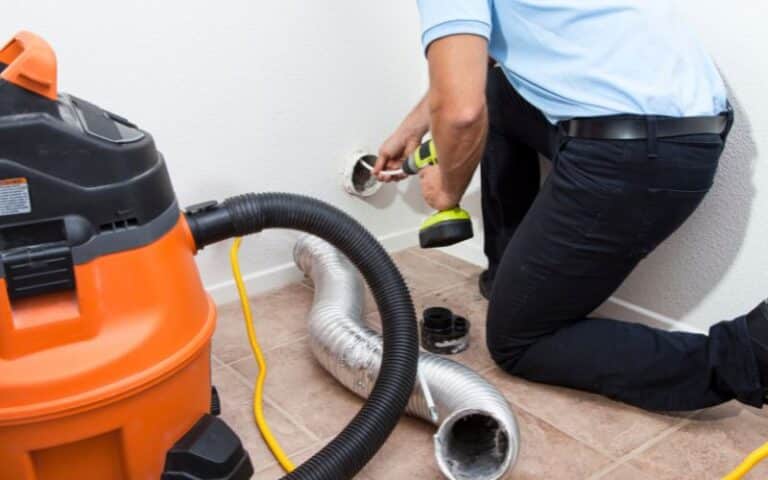So you are thinking of upgrading your home’s energy efficiency and dampening sound transfer, or you want that extra security to slow the spread of fire in case of an accident.
Double drywall or insulation is better. Well, both have their pros and cons, but between double drywall and insulation, which should you choose?
Double drywall involves installing an extra layer of drywall to your walls, creating an air pocket that acts as an insulator. Insulation uses materials like fiberglass, cellulose, or foam specifically designed to trap air, reduce heat transfer, and help in sound absorption.
This article makes a detailed comparison between double drywall and insulation to help you make an informed decision.
Ultimately, you will know the advantages, disadvantages, and features that make double drywall and insulation unique. That way, you will be able to make a choice when the need arises.
Ready for a Drywall Quiz?
What Is the Difference Between Double Drywall and Drywall Insulation?

Double drywall and insulation are two common ways to improve the energy efficiency of home walls.
Both techniques help in sound absorption, dampening, and slowing fire spread during fire outbreaks.
Double drywall involves the installation of an extra layer of drywall over existing drywall for added insulation.
On the other hand, drywall insulation refers to installing insulation, like fiberglass or cellulose, between the wall studs before putting up the drywall.
While double drywall and drywall insulation appear to perform the same function, especially in soundproofing, both are very different in composition, design and use.
#1. Double Drywall
Double drywall is quicker and cheaper to install but provides minimal insulation.
Double drywall does provide some additional insulation, but less than a dedicated insulation product.
It can help muffle sound transmission between rooms but won’t significantly improve the wall’s R-value.
Although double drywall helps in the absorption of sound, it doesn’t, in turn, block out the sound.
Double drywall is suitable for small-scale projects where lower cost and easier installation are priorities.
If budget is a concern, double drywall is the more affordable option. Installing an extra layer of drywall on either side of the wall cavity is inexpensive, and you can do it yourself.
#2. Drywall Insulation
Insulation offers much better thermal performance for the money. However, installation is more complex and time-consuming.
Insulation also provides better soundproofing by absorbing noise rather than just blocking it.
For most homeowners looking to improve the energy efficiency of their homes, insulation is the better choice.
Although more expensive upfront, it provides substantially better insulation for heating and cooling, which can lower energy bills in the long run.
For instance, fiberglass insulation requires professional installation and can cost significantly more, especially for larger homes.
Double drywall and insulation each have their strengths. Double drywall could work well if cost and ease of installation are priorities.
But for the highest performance, insulation is the better choice.
However, the right option depends on balancing your needs, budget, and the difference in efficiency you want.
The table below summarizes the comparison between double drywall and insulation.
| Double Drywall | Insulation |
|---|---|
| Double drywall is relatively inexpensive. | Insulation has a high upfront cost. |
| Soundproof is less with double drywall. | Insulation provides better soundproofing. |
| Effective against high to medium sound frequencies. | Effective against high to low sound frequencies. |
Does Double Drywall Help Against Sound?
Double drywall can help reduce sound transmission between rooms. However, insulation is the key to the best soundproofing.
Adding an extra layer of drywall to walls and ceilings does provide some benefits for sound absorption and blocking.
The additional mass helps block higher-frequency noises like voices.
However, you will require more than double drywall for lower frequencies like bass.
Without insulation in the wall cavity, the sound can still transmit through the studs and framing.
Generally, double drywall creates an air pocket between the two layers that acts as an insulator.
Manufacturers add a layer of sound-dampening material in the center of the double drywall to make it soundproof.
Usually, a viscoelastic substance that dissipates sound waves, similar to Green Glue.
The thicker the drywall, the bigger the air space and the more effective the insulation is.
However, it would help to combine double drywall with insulation like fiberglass or rock wool for the most effective soundproofing.
The insulation helps muffle the sound, while the double drywall layers improve the barrier. Also, stagger the seams between layers for the best results when installing double drywall.
Double drywall can also help in rooms where you can’t add insulation, like basement ceilings.
What Are the Advantages of Using Drywall Insulation?
There are several advantages of using drywall insulation instead of the traditional insulation.
Regarding home insulation, you mostly have two main options, double drywall or traditional insulation, with unique features that make them stand out.
Before you decide, you will want to consider factors like cost, effectiveness, and installation.
Double drywall is often cheaper but may not insulate as well as traditional insulation.
So, let’s dive into some advantages of using drywall insulation in your home.
#1. Cost Effective
Drywall insulation is often cheaper than traditional insulation. Drywall panels are inexpensive and readily available at most home improvement stores.
You can be sure to save hundreds of dollars, especially if you’re insulating an entire attic or basement.
#2. Moisture Resistant
Drywall insulation also prevents moisture buildup better than some types of insulation. Fiberglass insulation can absorb water over time, reducing its effectiveness.
Drywall creates an air barrier and helps keep dampness out, making it ideal for basements, attics, and garages where moisture is of great concern.
#3. Fire Resistant
Drywall is naturally fire-resistant and can help contain flames in a fire. It will not burn or release toxic fumes like some types of insulation.
Double drywall, especially in attics and garages, adds an extra layer of fire protection for your home.
#4. Pest Resistant
Rodents and insects cannot nest in drywall like loose fill or batt insulation.
Drywall insulation eliminates access points and hiding spots for pests and consequently helps prevent damage to your home’s structure and wiring.
#5. Durability
Two layers of drywall are more durable and impact-resistant than a single layer.
Double drywall can withstand damage from dents, scratches, and punctures better than regular drywall.
It’s a good option for high-traffic areas like stairwells, hallways, and kids’ rooms.
Generally, for many DIYers and budget-conscious homeowners, drywall insulation offers significant benefits over traditional loose-fill or batt insulation.
Is Double Drywall Worth It?
Double drywall is worth it. Double drywall is when you install two layers instead of just one.
It’s a simple way to improve the insulation and soundproofing of your walls without tearing them down.
You secure a second layer over the existing one to installing double drywall. You can do this with drywall panels, joint compounds, and screws.
The key is to offset the seams of the two layers so they don’t line up, as it helps block more sound and prevents heat loss.
Double drywalling is a budget-friendly solution to make your home more comfortable.
It can help muffle noise from outside and between rooms and provides more insulation, helping you save on heating and cooling costs at the end of the day.
Double drywall provides the ultimate protection and comfort when combined with insulation. Installing a second layer of drywall is often easier than adding insulation.
You don’t have to cut into your existing walls or deal with itchy, irritating insulation materials.
Just screw the new drywall right on top of the existing layer, which leaves you less mess since you’re not tearing into the wall cavity.
For DIYers, double drywall may be a more approachable solution than insulation.
While double drywall is worth it, it has limited effectiveness for soundproofing or improving insulation.
Although it can help muffle noise, it won’t block lower-frequency sounds or insulation.
It also provides minimal improvement to the overall R-value of your walls. If energy efficiency or maximum soundproofing is your goal, more than double drywall is required to cut it.
Why Insulation May Be Better?
Traditional insulation like fiberglass or cellulose is often better than double drywall insulating your home.
Insulation is explicitly designed for thermal efficiency and soundproofing. Insulation has a higher R-value, which means it’s better at preventing heat transfer.
The tiny air pockets trapped within insulation slow the movement of heat, keeping it where you want it.
Insulation also does a better job of muffling noise. The dense, sound-absorbing fibers block more sound from passing through walls and ceilings.
Insulation is more energy efficient. It helps lower utility charges by lowering the power required to warm and cool your house.
However, it would help to know that for the best results, consider combining insulation and double drywall.
It would help if you went with the most sense for your needs and budget.
If cost is a concern, double drywall could be a simple, affordable solution to improve your space’s energy efficiency and soundproofing.
However, if you want the best performance and are willing to invest more upfront, insulation is probably your best bet.
It provides superior insulation and can significantly reduce your energy bills over time.






